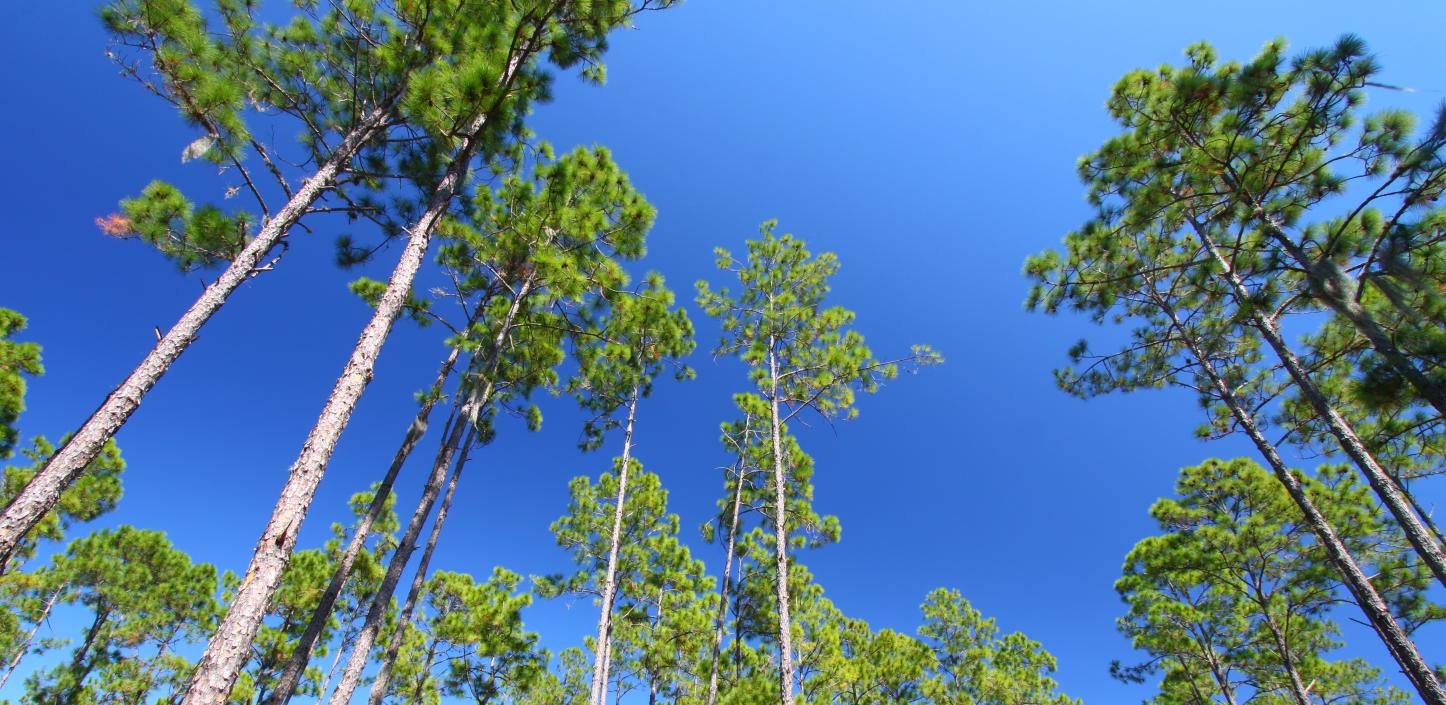
Longleaf pine: When fire fuels a forest
In the stately longleaf pine forests of the Southeast, fire can be as ecologically important as water and sunshine.
The absence of fire — along with urbanization, fragmentation of large tracts of forested land and other factors — has contributed to a precipitous decline of this unique habitat.
Longleaf pine once dominated the Southeast, covering more than 90 million acres from Virginia to Texas. Today, less than four percent of our original longleaf forests remain, and longleaf-dependent species such as the indigo snake, red-cockaded woodpecker and gopher tortoise face an uncertain future.
For more than a decade, NFWF and its funding partners have worked to restore and enhance more than 520,000 acres of longleaf forest on public and private lands.
These collaborative efforts across the Southeast continue to fuel a renaissance for longleaf conservation. Many private landowners and timber operators have learned the best practices for managing longleaf stands, and thanks to widespread outreach efforts, many residents living near these working forests understand that prescribed burning is not just a conservation tool, but also an important safeguard against out-of-control wildfires.
In 2014, NFWF approved $3.38 million from its Longleaf Stewardship Fund to benefit another 127,800 acres. One of the grants awarded last year enabled private landowners in North Carolina’s Cape Fear Arch region to begin planting 1,200 acres of longleaf seedlings and enhancing 8,000 acres of existing longleaf forest, a process that includes prescribed burning and restoration of native wiregrass understory.
NFWF funding ensures that such landowners receive vital support for safe, effective and necessary prescribed burning.
“Without fire, encroaching hardwood trees and shrubs would outgrow and shade out the natural understory,” says The Nature Conservancy’s Dan Ryan, who is managing the Cape Fear Arch project. “Longleaf seeds also need bare mineral soil to germinate. So without fire, you’d completely lose the longleaf tree, and then you’d lose all the biodiversity of the longleaf ecosystem.”
NFWF also announced in late 2014 that Walmart’s Acres for America conservation program had awarded a $1 million grant to the Coastal Headwaters Forest project in Alabama and Florida. Unfolding across 205,000 acres and leveraging another $20 million in matching contributions, this massive longleaf restoration effort is expected to become the largest ever undertaken on private lands.
Contact: Matt Winter 202-857-0166